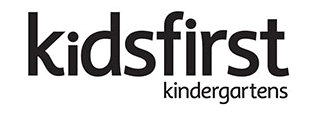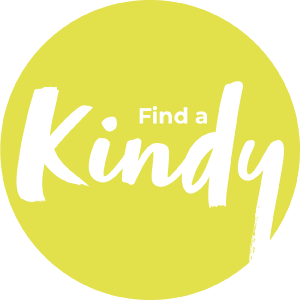
Should my child read and write before school?
The answer might surprise you.
When you’re thinking about the earliest years of your child’s formal education, it’s natural to worry about whether they will be prepared for the next steps. There have been so many changes in approaches to early childhood education over the years, but at kindergarten, the focus has always been on ensuring tamariki grow and develop through their own interests and at their own pace, and that they grow a lifelong love of learning along the way.
There’s a good reason for this – the brains of very young children are completing important developmental tasks, and are unable to move onto the next ones before the job is done. The most fundamental development stage concerns cognitive and motor skills.
“Tamariki need to first develop gross motor skills which are essential for literacy, and a precursor to fine motor skills,” explains Kidsfirst The Bays Teacher, Marjorie Kittelty, “Playing with things like the monkey bars builds their upper body and core muscles which helps strengthen their spine muscles, and once they learn these big movements they can do the smaller ones like holding a pen. We incorporate things like tweezers and tongs into the classroom, and play lots of games like picking things up from one container and putting them into the next one.”
Rolling playdough and engaging in messy play improves coordination of small muscles in hands and fingers that are used to hold crayons, markers, and brushes, says Roseanne Taurima, Teacher at Kidsfirst The Bays.
“It strengthens their muscles and tests their brains. When they use their hands in these activities, it's inadvertently teaching them the ‘pincer grip’, which is how you hold a pen. It's amazing all the things that build up towards these skills.”
Roseanne says activities that seem simple can be hugely beneficial, “Drawing and scribbling are both really valuable. Some children just want to scribble a bit and walk away, but that’s all part of the learning. They might create a zig-zag line, which can turn into a letter, or evolve into a picture.”
Kidsfirst Hāwea Teacher, Rose Gould says there are other important skills to learn along the way, “Tamariki learn social and emotional competence at kindergarten, and this sets the foundations for tools like concentration, task persistence, and perseverance, which all weave into their education further down the track.”
It’s not just what tamariki learn in the early years, but how they learn. Young children make a number of learning discoveries as they play, explore, and interact with the environment around them.
“Having less structure in the early years allows tamariki to foster their own interests, and learn at their own level of ability and development,” explains Kidsfirst Kendal Ave Teacher, Pip Reilly. “Play offers a positive learning experience and allows them to learn at their own speed and feel good about their abilities – we want them to have a thirst for learning and not be apprehensive. That may happen if they are pushed into things too early.”
Children don’t just learn in formal settings. There are teaching moments every day, and as Marjorie Kittelty explains, tamariki pick up literacy skills by seeing words everywhere – in their homes, classrooms, and communities.
“When tamariki are in a print rich environment and there’s lots of words around they begin to make associations, if there's a picture of an orange and the word ‘orange’ beneath it, they will start to recognise it and build connections.”
Roseanne Taurima says one of the most important tools to encourage emergent literacy skills is reading books together, even if tamariki don’t understand what the words mean.
“It’s a valuable tool for basics like learning to read left to right – the sorts of things you don’t really think about. Lots of repetition is key – often children will have their favourite book and if there’s one that they really enjoy, it’s useful to read it over and over again to the point where they know every word by heart. Sometimes there is no purpose, but they can see that these pictures have meaning. If a basic picture book takes an hour to read, because you’re too busy talking about what’s happening, then that’s a positive thing.”
She says that it’s important to let tamariki direct the learning, “Children learn best when they lead the charge and have fun. It is really important to follow a child’s interest. If they’re obsessed with trains, go to the local library and get some books out about trains, show them pictures of trains and talk about it.”
Pip Reilly says that it’s important not to push tamariki to learn things they are not developmentally ready for.
“Research shows that trying to encourage children to read and write when they are not yet cognitively ready can reduce their ability to do so later on. No one enjoys learning something when it is a struggle or not enjoyable. So if a child isn't ready because they don’t yet have the cognitive links, then it’s important not to risk putting them off learning later. Instead, we need to work at their pace.”
Pip says a key element of this is determining where each individual is at in their learning and development.
“We work a lot with our parents and have a lot of conversations with them on an ongoing basis about that process, and being realistic about what children can cope with, and it’s also about making sure they’re enjoying the learning.”
JOIN OUR WHĀNAU
You might be interested in...





